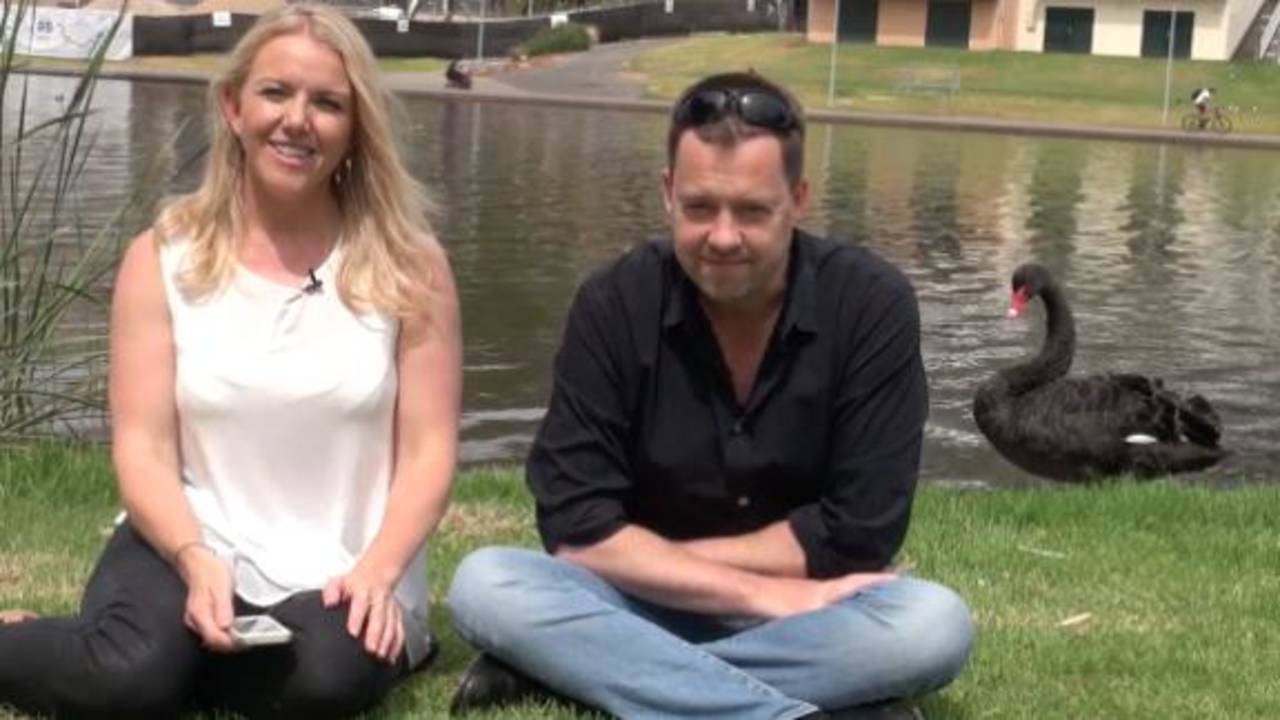Two steps forward, but one step back
With three wins and another giant scalp in the bag, it was Ireland's best World Cup outing yet, but the team will still be hurting not to have pushed on and reached the quarter-finals
Net run rate tipped Ireland out of the quarter-finals behind West Indies, a team they had already beaten. They won three matches, improving on the two in 2011, and were in contention for the knockouts right up until the end of the final match of the pool phase, placing them ahead of England, Zimbabwe, Afghanistan, UAE and Scotland. When Ireland's feisty captain William Porterfield was asked whether the ICC's plans to shrink the World Cup to 10 teams was justified by their elimination, he could have been forgiven for saying "We were in it longer than England, weren't we?"
It was an achievement in itself that Ireland saw off West Indies so comfortably in their opening match, but the high point was arguably the feeling in the hours and days that followed that Ireland would be well worth their place in the quarter-finals should they make it that far. It was a progression from the good natured but ever so patronising "plucky Ireland" headlines that surrounded the team in 2007 and 2011. This would be reflected in the way South Africa and India spared no effort in ensuring they beat the Irish, reflecting that with greater respect comes greater expectation.
Near identical middle-order collapses against India and Pakistan after batting first left Ireland's bowlers without enough runs to pressure their subcontinental opposition and contributed to the inferior net run-rate that eventually helped West Indies progress. Ireland's penchant for chasing - except when presented with a task as gargantuan as that set by South Africa - seemed to affect them in each match, as a fog of indecision and aimlessness descended on batsmen often far more decisive when knowing what their target will be. Usually, Ireland give themselves the best chance of being competitive, but that could not be said of the days against India or Pakistan.
Irrespective of what happens to the format in 2019, Ed Joyce was probably playing his final World Cup, and went out with a string of stylish innings that pleased aesthetes as well as Irish supporters. His 84 against West Indies and 112 versus Zimbabwe were displays that will be well remembered by the spectators present, while also serving as a template for the kind of batting Ireland will wish to foster in future generations. Watching on television, another left-hander, Eoin Morgan, may well have pondered if he can eventually choose to finish off in Ireland after playing for England. Through the class of his stroke-play, Joyce made it look an alluring prospect.
If allowed to progress and grow at a reasonable rate, not hemmed in by the two-speed economy of Full Members and Associates, Ireland can be expected to learn from 2015 and go on to contend for progression to deeper phases of the tournament in 2019. But if left to whither on the vine, as it happened to some degree anyway between 2011 and 2015 via a gross shortage of bilateral fixtures against the world's top tier, Ireland will continue to lose talented players to England. Add Boyd Rankin and Eoin Morgan to Ireland's 2015 XI and they are not just quarter-finalists, but possible entrants in the semis as well.
However they can, Ireland must find a way to develop an extra edge to their pace attack - the height and speed lost with Rankin has not been replaced. Porterfield has noted that it is impossible to simply summon such resources from nowhere, and this tournament saw a future investment in the form of selection for Peter Chase and Craig Young. Each need to be handled carefully to extract their best, and some were surprised to see Young not selected for any of the six matches. It is in adding another few yards of pace that Ireland will make their next step on the field, even as the political machinations go on in the board rooms to ensure they have the best chance of doing so.
Daniel Brettig is an assistant editor at ESPNcricinfo. @danbrettig
